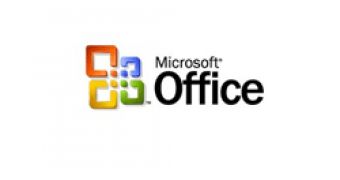At the end of the past week Microsoft confirmed that Office 2007 Service Pack 2 would be made available for download in April 2009, but failed to provide the specific deadline. The Redmond company has since then decided to make public the release date for Office 2007 SP2: April 28, 2009. According to the software giant, the second service pack for the Office 2007 System will only be supported on platforms such as Windows Vista SP2, Windows Server 2008 SP2, Windows 7 and Windows Server 2008 R2 following their release to manufacturing (RTM) milestone. However, Office 2007 SP2 does integrate and play nice with Internet Explorer 8.
“Service Pack 2 adds the ability to open, edit and save documents in version 1.1 of the OpenDocument Format for Word, Excel, and PowerPoint. These applications now let users save, open, and edit files as OpenDocument Text (*.odt), OpenDocument Spreadsheet (*.ods), and OpenDocument Presentations (*.odp),” revealed a member of the Office Service Pack team.
Microsoft indicated that Office 2007 SP2 had benefited from the largest Beta program for an Office service pack ever. In total, thousands of testers in over 60 countries worldwide had used the Service Pack through its development. Come April 28, 2009, the RTM bits of Office 2007 SP2 will be available for download. And considering the fact that users still have at least a year ahead of the finalization of Office 2010, due in the first half of 2010, SP2 for Office 2007 will provide them with the evolution of the productivity suite.
“The 2007 Microsoft Office Service Pack 2 is the first service pack to support uninstall of client updates through the Microsoft Service Pack Uninstall Tool for the 2007 Microsoft Office Suite as well as via Windows Installer command line. The Service Pack Uninstall Tool will be available as a separate download,” the Office Service Pack team member added. “The Microsoft Save As PDF or XPS add-in has been built into Office applications in SP2. Users no longer have to download and install the add-in separately.”

 14 DAY TRIAL //
14 DAY TRIAL //